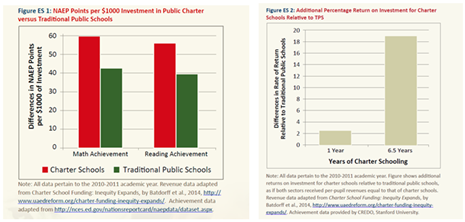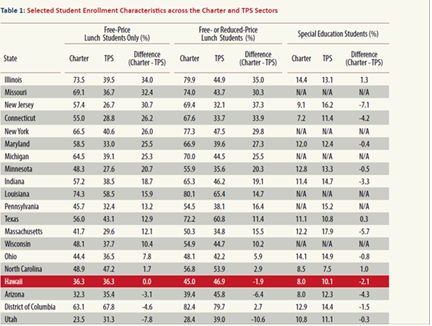Kara Kerwin, LA Times
To the editor: It’s outrageous that the Los Angeles Unified School District thinks it’s above the “parent trigger” law by suspending it for the upcoming school year. (“LAUSD says it’s not subject to state’s ‘parent trigger’ law this year,” Aug. 14)
In the letter to L.A. Unified granting a waiver from federal requirements, there was nothing that would condone or justify the circumvention of state law. Parent-trigger author Gloria Romero is rightfully livid, as this breach of public trust by district officials is in complete contradiction to the spirit of a law designed to give parents a voice.
Parents don’t have the luxury of establishing a new timeline for assessing school performance; their children’s learning needs are too important for that. Accountability and parental involvement are critical to a school’s success, and it’s a shame that the district feels compelled to undermine the positive relationship between parents and educators.
Kara Kerwin, WashingtonThe writer is president of the Center for Education Reform.














Breaking Down Teacher Quality
The recent legal challenges in both California and New York have brought teacher quality issues to the forefront of the American consciousness in unprecedented fashion.
In California, Vergara v. California spread through the media like wildfire due to the one-two punch of Judge Rolf M. Treu’s strong ruling along with the particularly egregious teacher employment practices that have ensnared the Golden State.
Now the stage is set in New York, where two separate but aligning lawsuits have been filed challenging some of the same tenets in Vergara, such as a lax tenure system and ‘last-in-first-out’ retention policies.
To break it all down, Fordham’s Michael Petrilli and AEI’s Michael McShane discussed what these lawsuits involve, and their implications.
Credit where it’s due: Petrilli and McShane engaged in an extensive, thought-out conversation, breaking down the issues and defining what’s exactly at stake in these legal challenges. If anyone were looking for a refresher, they’d find it here.
If the vitriolic attacks on Campbell Brown and other proponents of reform are any judge, substantive conversation can often get lost in the Twitterverse.
Petrilli said to have “never actually heard,” the teacher unions mount a credible defense for ‘last-in-first-out’ as the sole determinant for retaining teachers in times of economic downturn. The discussion then branched out to what policies such as tenure are actually trying to accomplish, and what’s going to create good teachers in the classroom.
One primary source of agreement came on the point that the conversation should be more about the policies in question. That’s what happened in Vergara, but has yet to be fully realized in New York.
New York students and teachers deserve a system that rewards success. Job security for America’s most important profession cannot be a rubber-stamp process, where 97 percent of eligible teachers in New York City, for instance, were granted tenure in 2011-12.
The 2014 predictions for proficiency rates in math and reading among NYC students grade 3-8 are abysmal. Every step must be taken to improve student achievement, and these bold, judicial actions are just one piece of the puzzle.